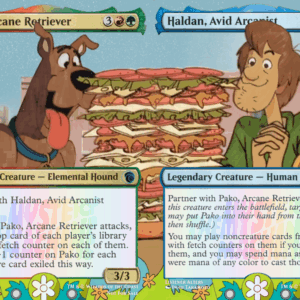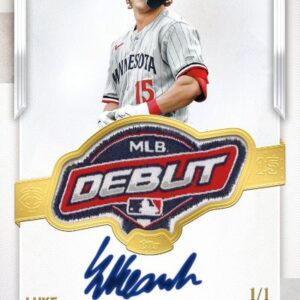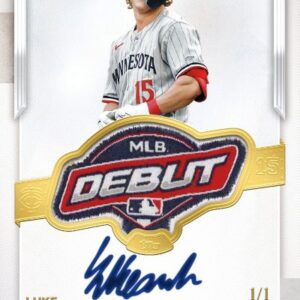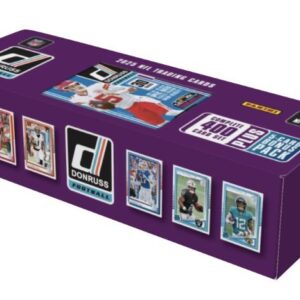If you’ve taken a casual stroll past your local big-box store on a Friday afternoon, chances are you’ve witnessed the curious phenomenon of a snaking line of individuals, each hoping to strike gold in the form of newly restocked Pokémon trading cards. What originated as a nostalgic homage to childhood obsessions has erupted into an all-out treasure hunt, drawing parallels to the sports card mania of the 1990s. Yet, the burning question remains: is this craze sustainable, or, like all bubbles, will it eventually burst into a deluge of disappointment?
The scene at weekly store restocks resembles a sporting event with fans and rivals—the latter in the form of scalpers—camping out for the match. While bona fide Pokémon enthusiasts hunger for fresh cards and the thrill of the hunt, scalpers eye the monetary gains lying in wait. These opportunists—and that’s putting it mildly—are ready to max out their credit cards to hoard shiny new boxes, tins, and packs. Like cunning foxes, they disappear only to resurface in online marketplaces, hawking their wares at astronomically inflated prices.
This leads to a rather pernicious domino effect, where casual collectors, especially younger fans, find themselves sidelined. Shop shelves become barren landscapes shortly after restocks, with elusive cards making a new home online, nestled in listings that are as steep as Everest.
As this frenzy intensifies, The Pokémon Company has proactively ramped up its production efforts. In a bid to keep pace with insatiable demand, they’re printing cards as though paper will soon go extinct. Blockbusting sets such as “Evolving Skies” and “Crown Zenith,” alongside specialty releases like the “Van Gogh Pikachu” cards, have flooded the market. The “Van Gogh Pikachu,” now dubbed the Mona Lisa of Pokémon, serves as an exemplar of this supply glut; with an eye-popping 40,000 perfect PSA 10 copies graded, it’s as common as a cold in December.
This mania echoes the thunderous boom-and-bust of the sports card era in the late 80s and early 90s. In those days, demand for sports cards hit a fever pitch, spurring manufacturers to flood the market with millions of copies. Once the dust settled, collectors were left holding “rare” cards less scarce than Texas tumbleweeds, crash landing values and expectations alike.
Fast-forward to today’s Pokémon card market, and the parallels are as glaring as a Pikachu’s thunder shock. Speculative purchases, price inflation propelled by nothing more than hot air—and perhaps a pinch of pixie dust—and skyrocketing population reports from PSA grading suggest a foreboding ceiling that cannot sustain itself forever.
So, when might this bubble burst? Predicting the precise moment is akin to foretelling the whims of a toddler—the signs are there, but the outcome remains uncertain. Scalpers, sitting atop mountains of inventory funded by credit card debt, could hasten the collapse by offloading with urgency as prices begin their descent. Long-time collectors might pull back, retreating into the shadows of the market until moderation returns to the forefront, and a clearer, perhaps kinder, landscape emerges.
Sage advice from veteran collectors includes a hefty dose of caution and measured patience. History, after all, has a knack for repetition. What might seem like an infinite ascent in popularity can quickly become a nosedive if the past is any guide. The meteoric rise of the Pokémon trading card game may very well succumb to the pull of gravity. Real rarity, like a timeless classic, reveals its worth when the dizzying allure of hyped scarcity fades into obscurity.
So, here’s to hoping that this saga ends with a more nuanced understanding of value and a renewed appreciation for the bond shared with these beloved cards—a reminder that sometimes, nostalgia is a far more priceless treasure than anything money can buy. гра condolence





